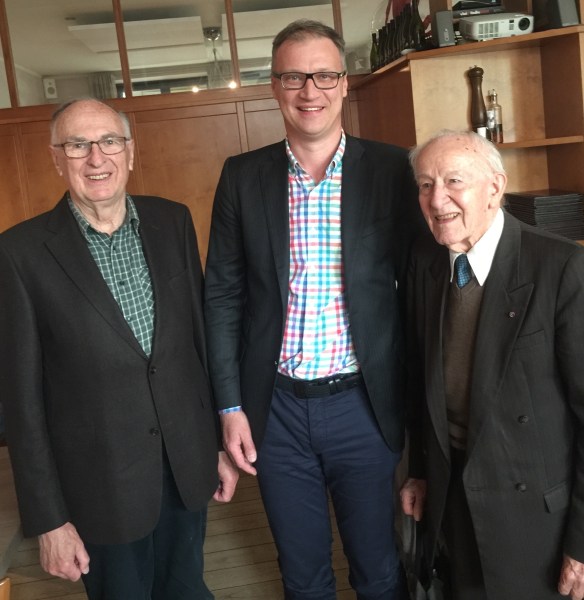In the modern age of accessible quantum mechanics (DFT and so on), teaching hybridization can be anticlimactic. However, simple concepts continue to be empowering. In the past, I mentioned the “rabbit ear” view of carbonyl oxygen’s lone pairs. Despite the documented existence of n-to-π* interactions that cannot be adequately described using hybridization models, there are many cases where the good old bonding arguments hold and help understand molecular structure.
Today I want to talk about the often overlooked Bent’s rule. By the way, there is a great review by Professor Igor Alabugin of Florida State University in the J. Phys. Org. Chem. on this subject (see the link below). Bent’s rule states that “s-character concentrates in orbitals directed toward electropositive substituents or, alternatively, that atoms direct hybrid orbitals with more p-character towards more electronegative elements”. Here is a practical demonstration of its utility from Igor’s paper. Consider the molecule of difluoromethane. Chemical intuition based on electron repulsion might suggest that the F-C-F angle should be larger than the H-C-H angle. In reality, the opposite is true, which is a direct consequence of Bent’s rule. This is a fantastic example.

http://onlinelibrary.wiley.com/doi/10.1002/poc.3382/abstract



